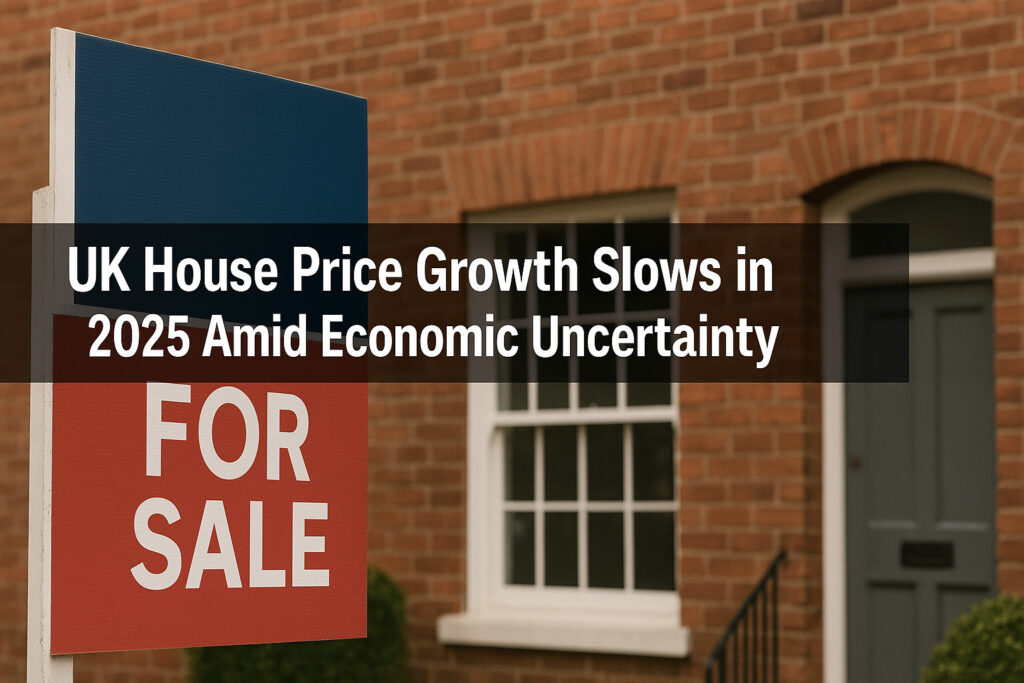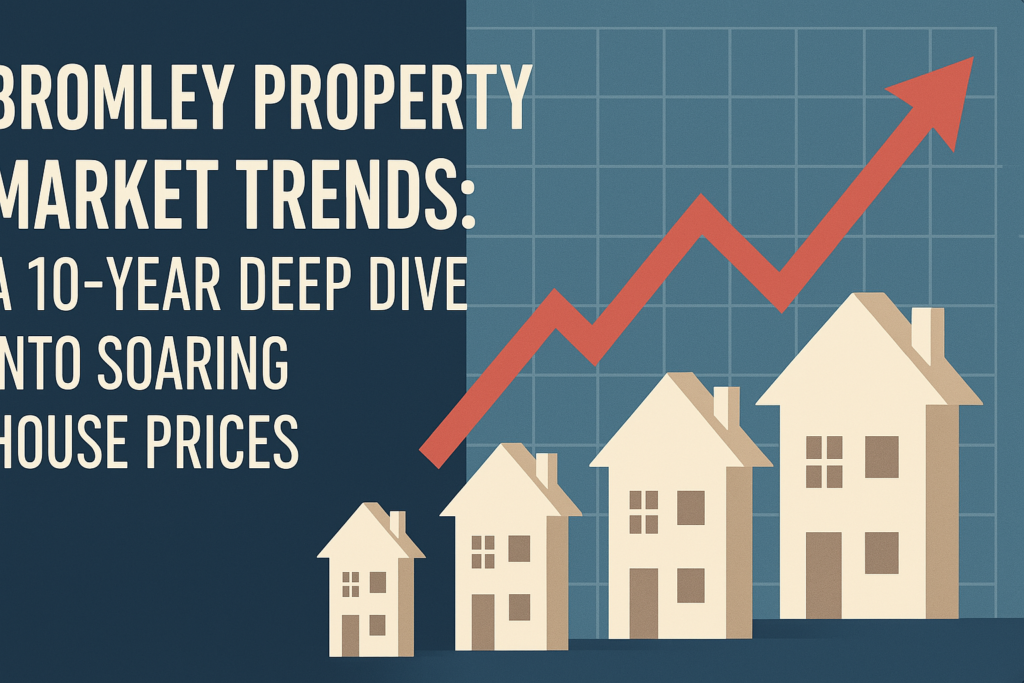The rental landscape in Islington has experienced a significant shift over the past 12 months.
According to new data, average rents in the borough have increased by 12%, sparking concerns among tenants and creating new dynamics for property investors and landlords alike.
📈 Soaring Rent Prices in Islington: What the 12% Spike Means
Rents in Islington have jumped by a staggering 12% year-on-year, driven by a confluence of factors including:
A persistent shortage of rental stock
Surge in post-pandemic demand
Increased migration into Inner London
Shifts in lifestyle preferences favoring central locations
This dramatic increase has positioned Islington as one of the most competitive rental zones in the capital, with average rents now sitting at £2,700 per calendar month for a two-bedroom flat.
📊 Breakdown of Rental Growth by Property Type
Breakdown of Rental Growth by Property Type:
Studio Apartment
Average Rent 2023: £1,450
Average Rent 2024: £1,620
Percentage Increase: +11.7%
1-Bedroom Flat
Average Rent 2023: £1,850
Average Rent 2024: £2,060
Percentage Increase: +11.4%
2-Bedroom Flat
Average Rent 2023: £2,400
Average Rent 2024: £2,700
Percentage Increase: +12.5%
3-Bedroom Property
Average Rent 2023: £3,300
Average Rent 2024: £3,720
Percentage Increase: +12.7%
🏙️ Areas Within Islington Seeing the Highest Rent Increases
Not all neighbourhoods within the borough are seeing uniform rises. The most notable hotspots include:
Highbury & Islington – Desirable for professionals, with rapid access to the City and the West End.
Canonbury – Attracting high-income renters with its leafy streets and period homes.
Angel – Popular for its vibrant lifestyle and river access.
Finsbury Park – Experiencing rapid gentrification and a new wave of interest.
These areas have witnessed increases upwards of 13-15%, well above the borough average.
💼 Why Demand is Outpacing Supply in Islington
Several compounding factors have led to this rental imbalance:
Post-Pandemic Renter Return
Many renters are returning to urban cores with hybrid work models in flux.
Rise in Interest Rates
Buy-to-let mortgage costs have surged, pushing landlords to raise rent or exit the market.
Stricter Regulation and EPC Upgrades
Legislative pressure around energy efficiency has dissuaded some landlords from renewing leases, reducing available stock.
Increased Inward Migration
London’s global status continues to attract skilled migrants, with Islington being a top-choice borough due to its connectivity and schools.
🏠 Advice for Tenants Navigating the Rising Market
Tenants must take proactive steps to avoid being priced out:
Act Quickly – Properties are allowed within 5–7 days of listing.
Be Prepared – Have references, deposits, and documentation ready in advance.
Expand Search Radius – Consider emerging nearby areas such as Holloway, Dalston, or Archway.
Negotiate Longer Leases – Locking rents for 24 months may protect against future hikes.
💰 Strategic Opportunities for Landlords and Investors
For landlords, these conditions present high yield potential. Key strategies include:
Refurbish and Relist – Upgrading interiors to meet EPC and lifestyle demands can justify premium rents.
Target Professional Sharers – 3+ bedroom properties are in unprecedented demand from young professionals.
Short-Let Diversification – Consider flexible letting options in areas near business hubs like Old Street and King’s Cross.
Investors should note that despite interest rate pressures, rental yields in Islington now average 4.6%, with some zones approaching 5.2%—well above the London average.
📉 Impacts on the Local Community and Social Housing
The upward pressure on market rents is also straining lower-income households:
Increased Displacement – Long-term tenants are being priced out of their homes.
Demand Spike in Social Housing – Local authorities report a surge in applications.
Widening Affordability Gap – Even mid-income earners are beginning to struggle in central boroughs like Islington.
📐 Diagram: Islington Rent Inflation Ecosystem
Post-pandemic demand surge leads to increased competition.
Increased competition causes rising rent prices.
Landlords exiting the market results in reduced rental stock.
Reduced rental stock also contributes to rising rent prices.
Interest rate hikes lead to higher mortgage costs.
Higher mortgage costs cause landlords to raise rents.
Raised rents further contribute to rising rent prices.
Rising rent prices put a strain on tenants and the local economy.
🔮 Outlook for 2025: Will Rents Keep Rising?
All indicators suggest continued upward pressure:
Further mortgage renewals at higher rates
EPC-related refurbishments causing temporary delistings
Ongoing immigration into London
Delays in new build completions
However, political attention on rent caps, licensing schemes, and tenant protections could introduce a moderating force by mid-2025.
🧠 Final Thoughts
Islington’s rental boom reflects broader structural trends in London’s housing market. While challenging for renters, it provides lucrative opportunities for strategic landlords and savvy investors.
Understanding the borough’s submarket dynamics, acting quickly, and staying informed is crucial to thriving amid this transformation.
Stay updated with real-time data and expert insights to navigate this high-stakes property landscape.
Read our other Blogs:
UK Mortgage Rates to Rise by 100bps in 2025
Bromley Property Market Trends: A 10-Year Deep Dive into Soaring House Prices – London Estate Agency





